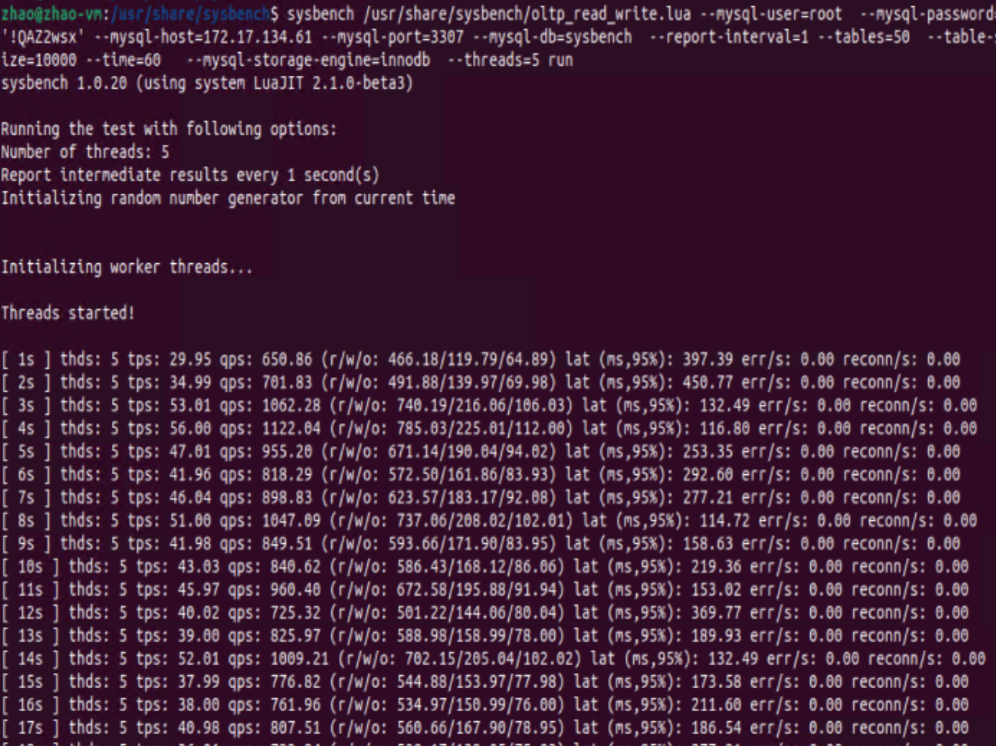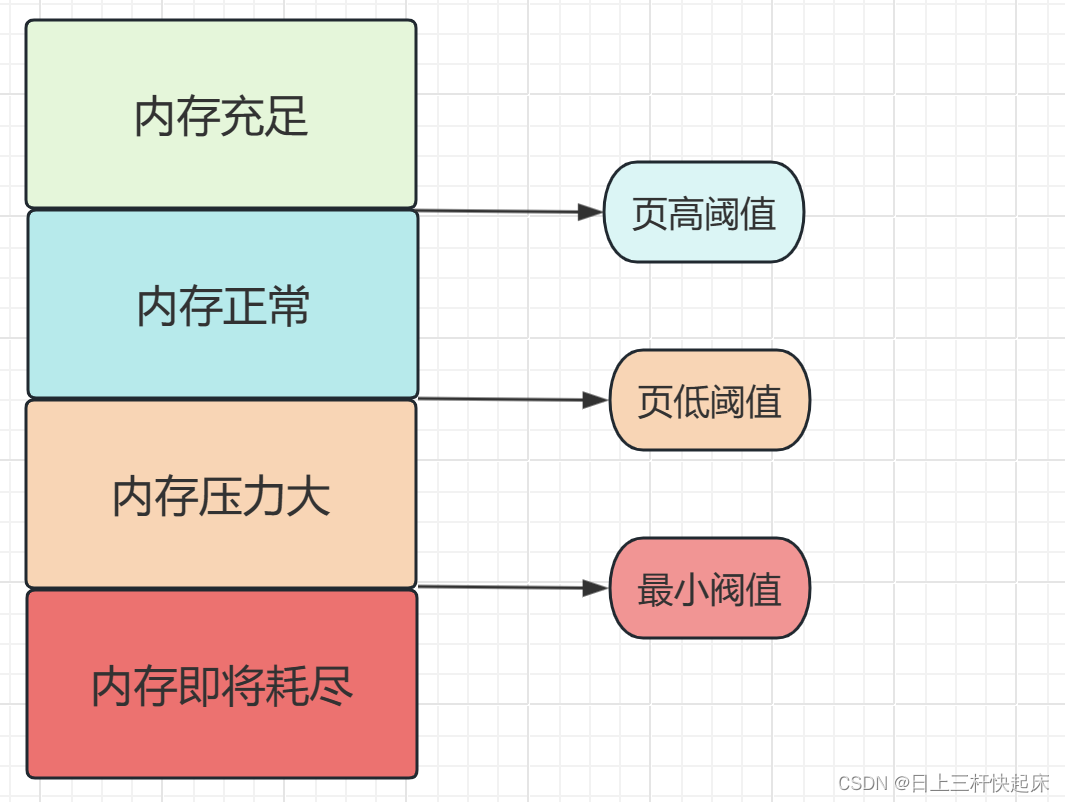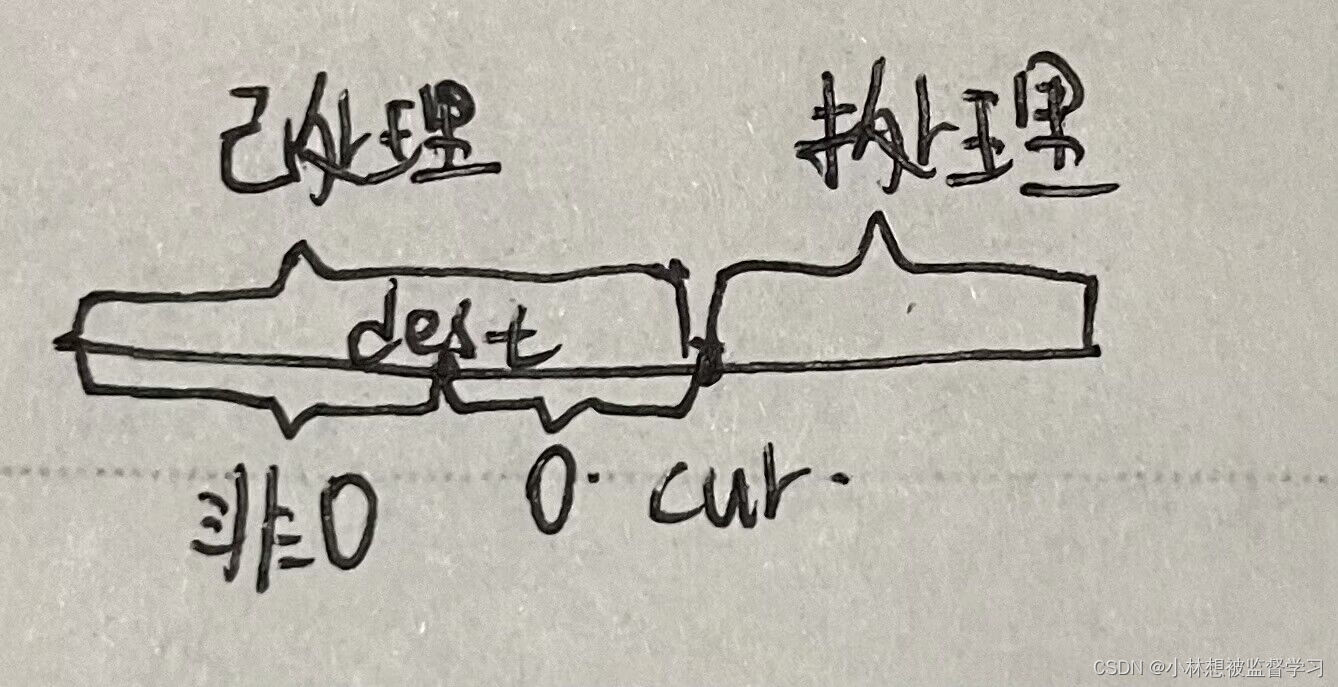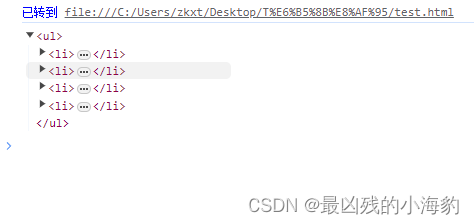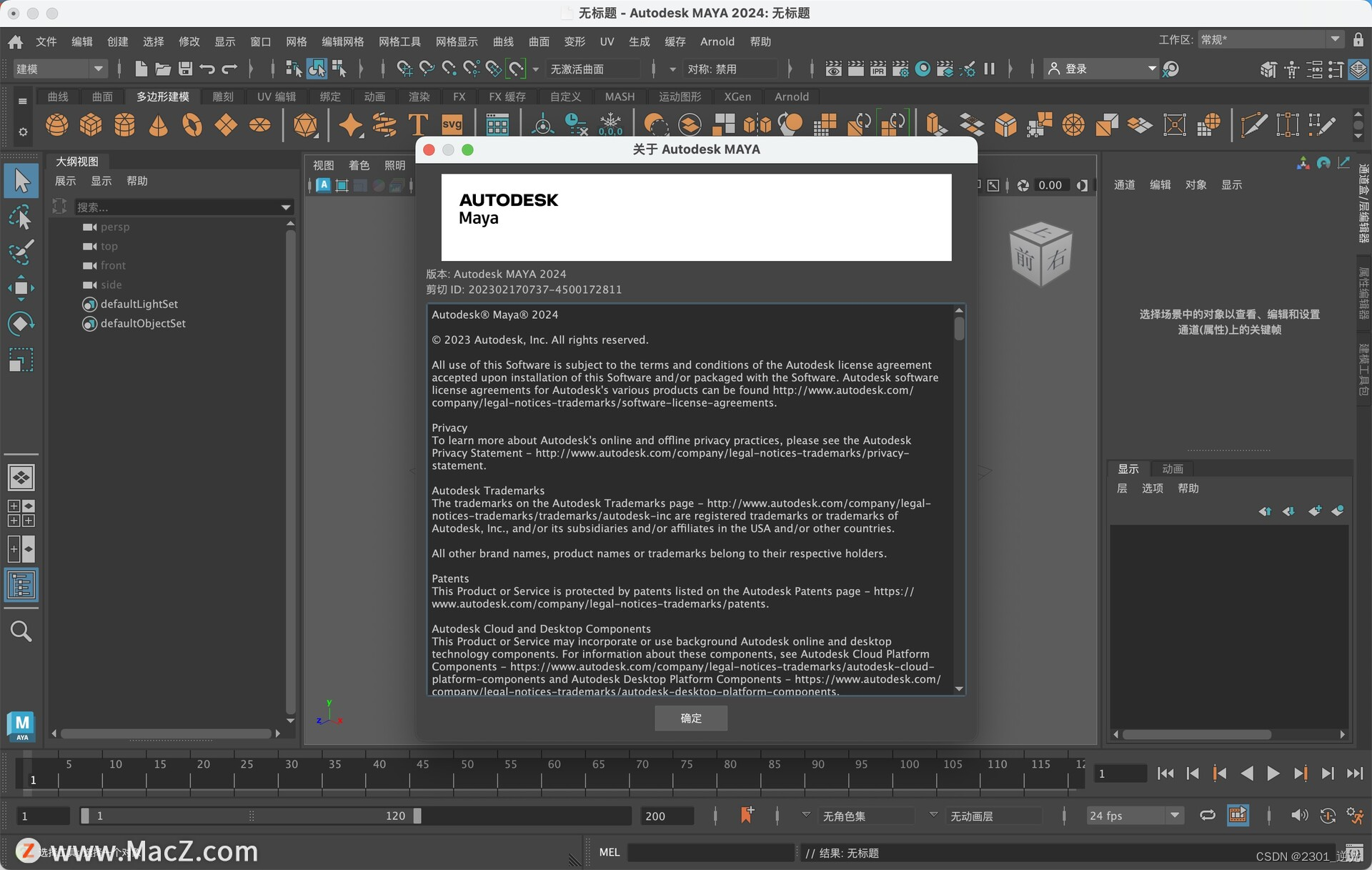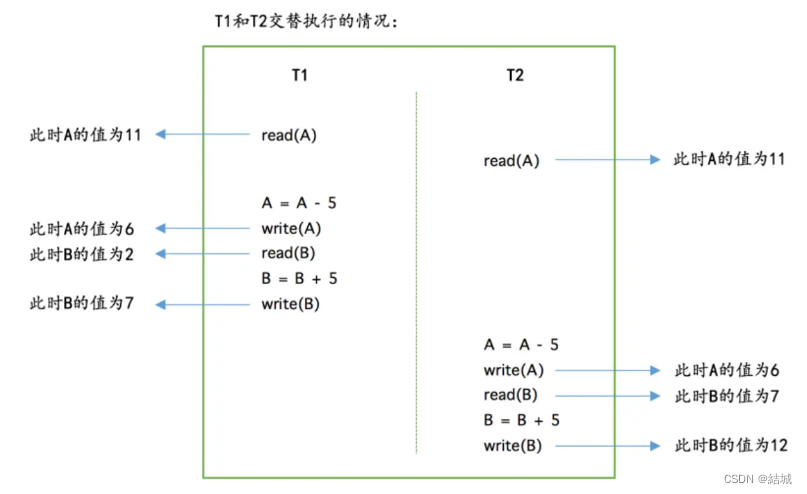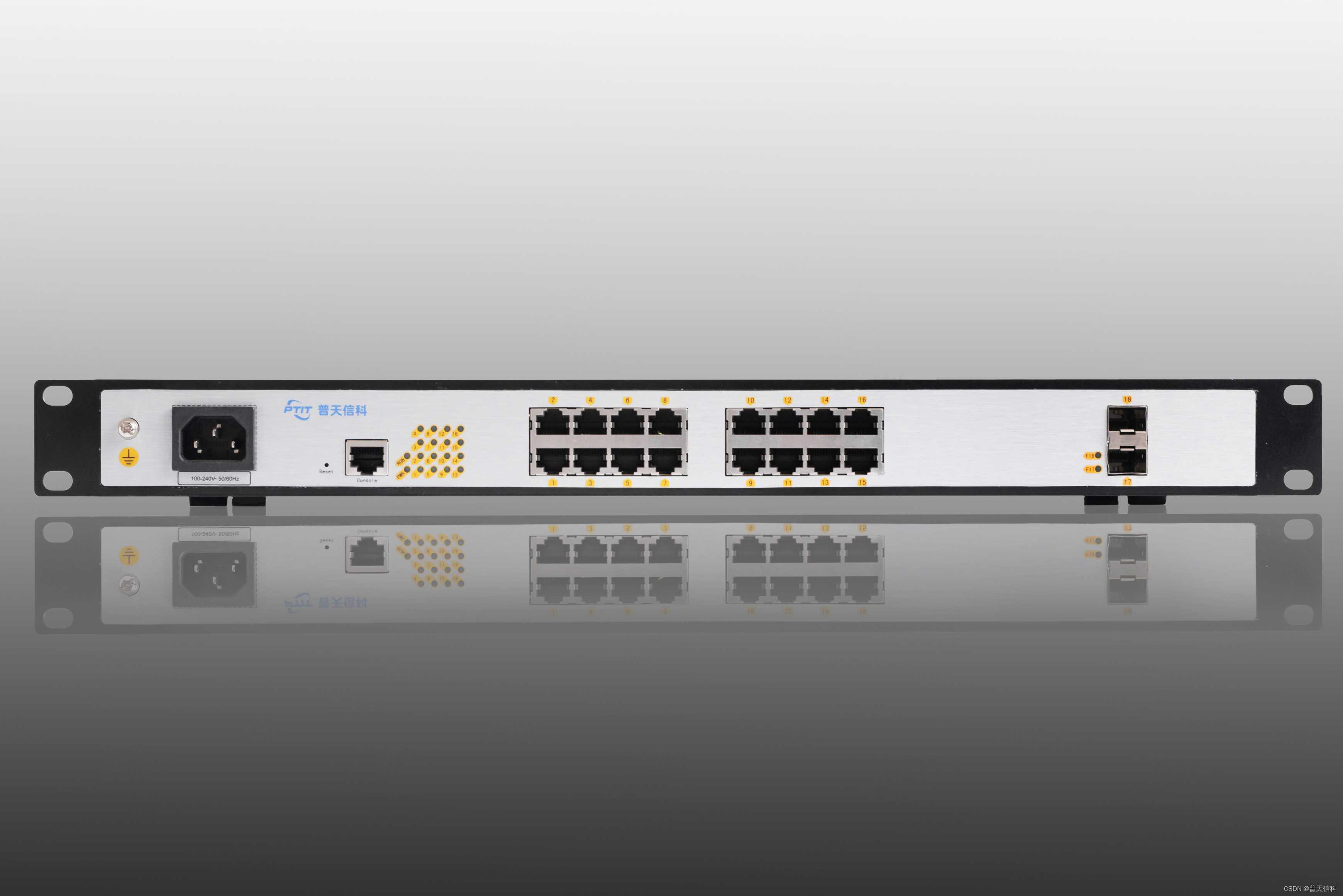#include <stdio.h>
int main() {
int numbers[10]; // 存储输入的10个数
int positive_count = 0; // 正数计数器
int negative_count = 0; // 负数计数器
int zero_count = 0; // 零计数器
// 输入10个数
printf("请输入10个数:\n");
for (int i = 0; i < 10; i++) {
scanf("%d", &numbers[i]);
}
// 统计正数、负数和零的个数
for (int i = 0; i < 10; i++) {
if (numbers[i] > 0) {
positive_count++;
} else if (numbers[i] < 0) {
negative_count++;
} else {
zero_count++;
}
}
// 输出结果
printf("正数的个数:%d\n", positive_count);
printf("负数的个数:%d\n", negative_count);
printf("零的个数:%d\n", zero_count);
return 0;
}这个程序首先声明了一个数组 numbers 来存储输入的10个数,然后分别定义了三个变量 positive_count、negative_count 和 zero_count 来统计正数、负数和零的个数。接下来,程序使用一个 for 循环来读取用户输入的10个数,并将它们存储在 numbers 数组中。然后,程序使用另一个 for 循环来遍历这10个数,并根据每个数的正负情况来增加相应的计数器。最后,程序输出统计结果。





